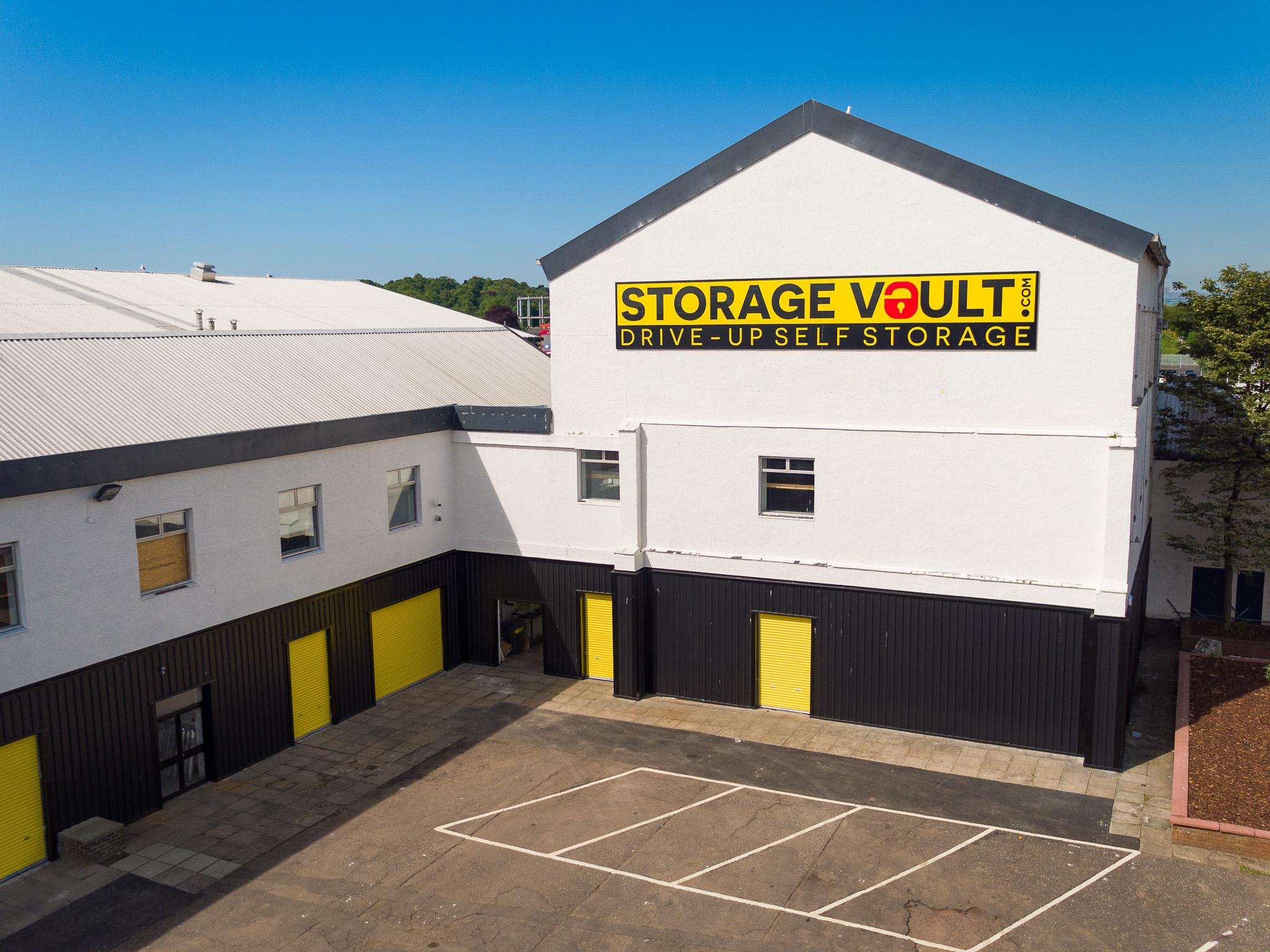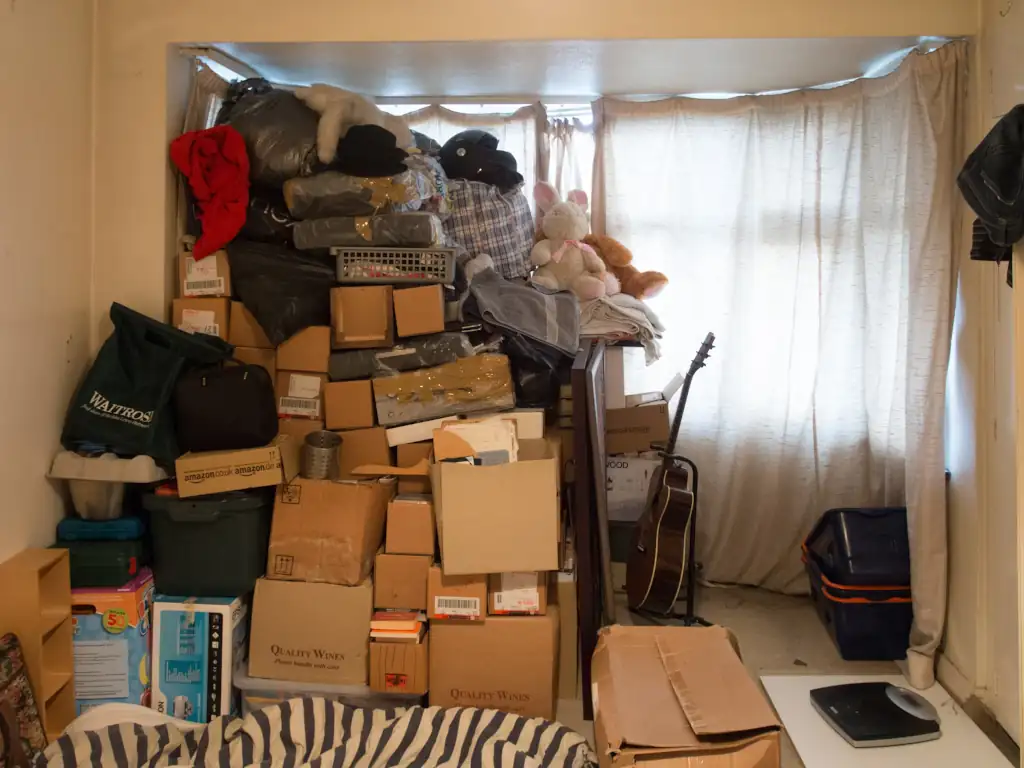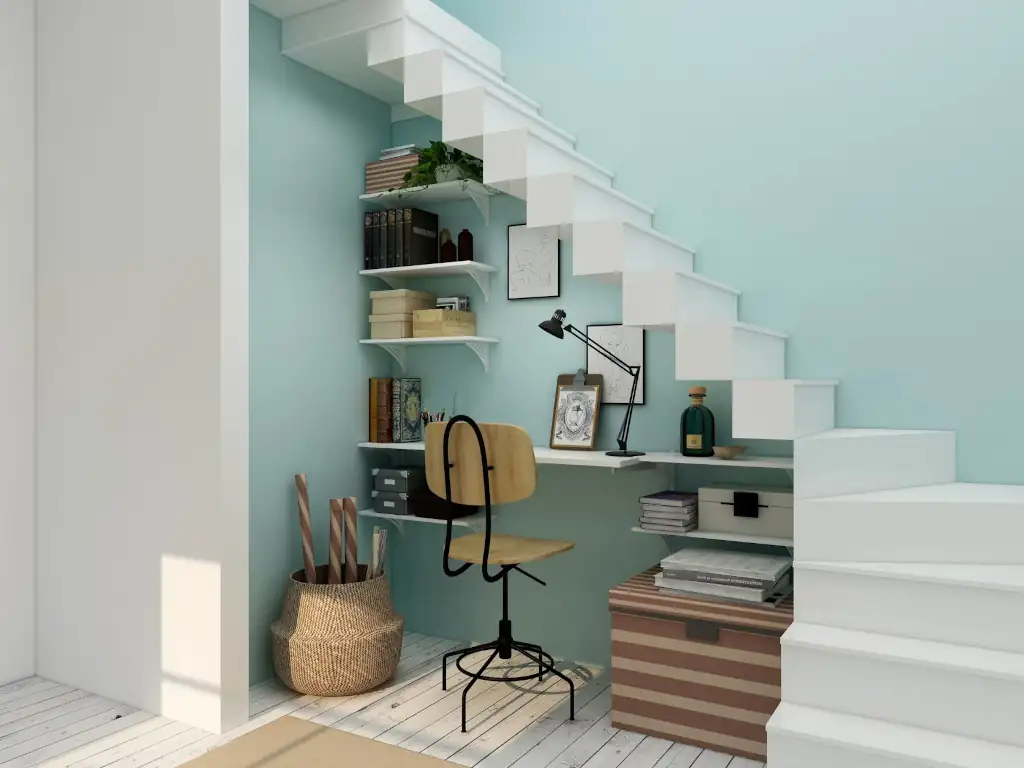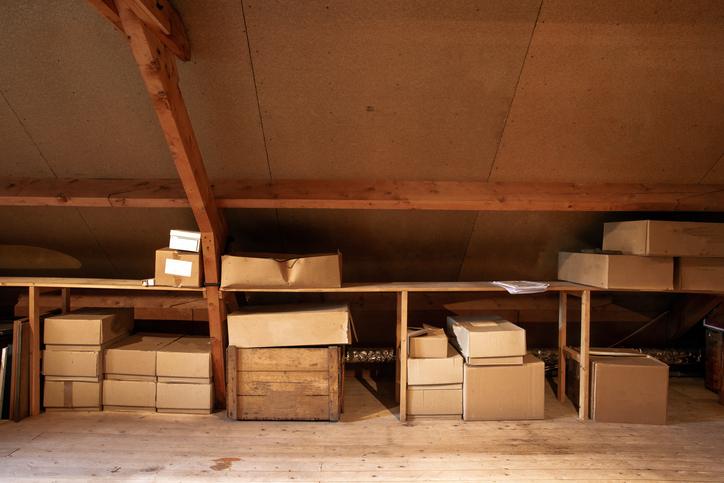Storage Tips By Storage Vault

Don’t Over Do It On Size
There’s no point renting our humongous 200 sq ft unit when all you need to store is a sofa. Choose your Storage Vault location. Then use our handy storage calculator to determine your space requirements and make sure you’re only paying for the space you’ll use.
Get The Right Packing Materials
Prior preparation prevents poor performance. So, start by gathering all the right packaging materials, including boxes, tape, markers, foam shipping noodles, bubble wrap, packing paper, etc. to ensure your stored items are properly protected.
Use Uniform Shaped Packaging
If you’ve ever played Tetris, you know how hard it is to store boxes of varying sizes and shapes. Using uniformly shaped boxes makes it easier and safer to stack items and take full advantage of your storage space.
Keep An Inventory
Unless you want to spend a week digging through all of your boxes, it’s essential you know what’s stored in your unit. We recommend creating an inventory of all the items in your unit. Store a copy inside your unit and a backup copy at your home or office. As you add and remove things from your unit, update your inventory.
Protect Your Stored Items From Moisture
Even in modern, weather-proof facilities like ours, moisture in the air can condense on the colder walls and trickle down to the bottom of your unit. Leave a gap between your stored items and the walls of the storage unit and prepare your space by placing a protective cover on the floor before moving in. We recommend using 2×4 boards or pallets. This creates a gap between your belongings and the floor, keeping them safe and dry during long-term storage.
Arrange Your Unit To Optimise Access
Plan before you pack your unit. Select the items you are most likely to need access to and place them near the front of the unit. Place the boxes you are least likely to need at the back.
Make Access Easier With Aisles
Leave aisles clear between stacks so you can access items further back more easily.
Caution: Do Not Store Combustibles
Do not store anything combustible in your unit as this poses a risk to yourself and other facility users. Combustibles include paint thinner, gasoline, solvents, paints and diesel.
Stack Lighter Boxes On Top
It might be common sense, but it’s worth repeating – place heavy boxes on the floor and stack lighter ones on top. Keeping heavy boxes under lighter ones avoids crushing your belongings.
Use Strong Boxes
Buy quality packing materials and spread heavier objects between boxes. It’s easy to pile items into a box without thinking about weight limits. Using strong professional moving boxes and packing heavy objects sparingly will prevent heavy objects from falling through the bottoms of boxes.
Label Your Boxes
There’s nothing more annoying than having to open every single box in your storage unit to find something you’ve lost. While you’re packing each box, list the contents on the side using a permanent marker. When packing your self-storage unit, try and angle boxes so the list is visible from the door. That way you don’t have to spin and shift boxes to find out what’s in each.
Wrap It Up
Don’t rely on luck to protect your beloved China plates and gold-gilt glasses. Wrap every individual piece in paper and pack them securely in sturdy boxes. You can stack boxes but only if you’re using quality packing boxes. And remember to stack the light ones on top.
Handle Fragile Items With Care
No one should have to experience the heartbreak of pulling items out of storage only to find out they have been broken. Pictures, mirrors and delicate items should be wrapped in bubble wrap and cardboard boxes marked FRAGILE. Take care to stack lighter boxes on top of heavier ones to prevent any crushing.
Extra Space
To maximise your use of the space available, use chests of drawers, cabinets and cupboards as storage places for pictures, knick-knacks, China, silverware, and other small items. Wrap items in packing paper or bubble wrap. Linen, tablecloths, towels, and blankets can be used to fill empty spaces in boxes and prevent breakage.
Use Appliances As Packing Cases
Larger appliances make excellent “packaging cases” for soft items such as blankets, towels, tablecloths and clothes.
Storing Electronics
Electronics require special preparations before long-term storage: Back up all your data, unplug cables and keep them with the unit, clean off dirt, remove batteries, pack into the original packaging, if possible, and use static-free bubble wrap.
Storing Garden Tools
Stack shovels, hoes, rakes and hoses in bins to save floor space and avoid any accidents.
Removable Legs
Tables and other large pieces of furniture can take up a lot of space in storage. To reduce the space required, detach the removable legs. Wrap the legs in cloth or bubble wrap to protect them from bumps and scratches and keep them close to the piece of furniture they belong to
Get in touch





